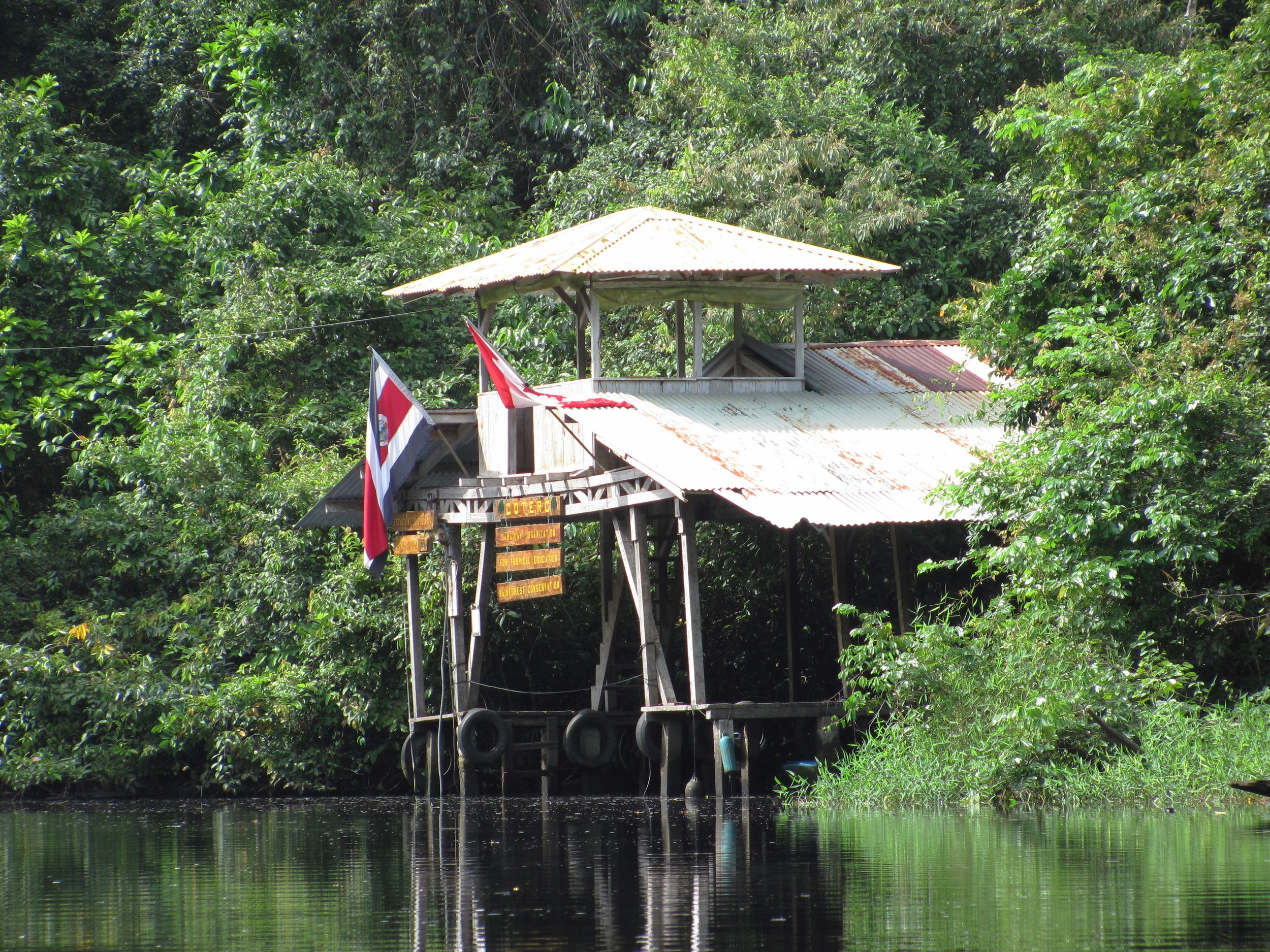
Cano Palma Biological Station
CPBS: home for the summer of 2013. I was a successful candidate of the York International Internship Program and won funding to complete field work in the Costa Rican rainforest. The station is affiliated with COTERC, a Canadian organization focused on conservation.

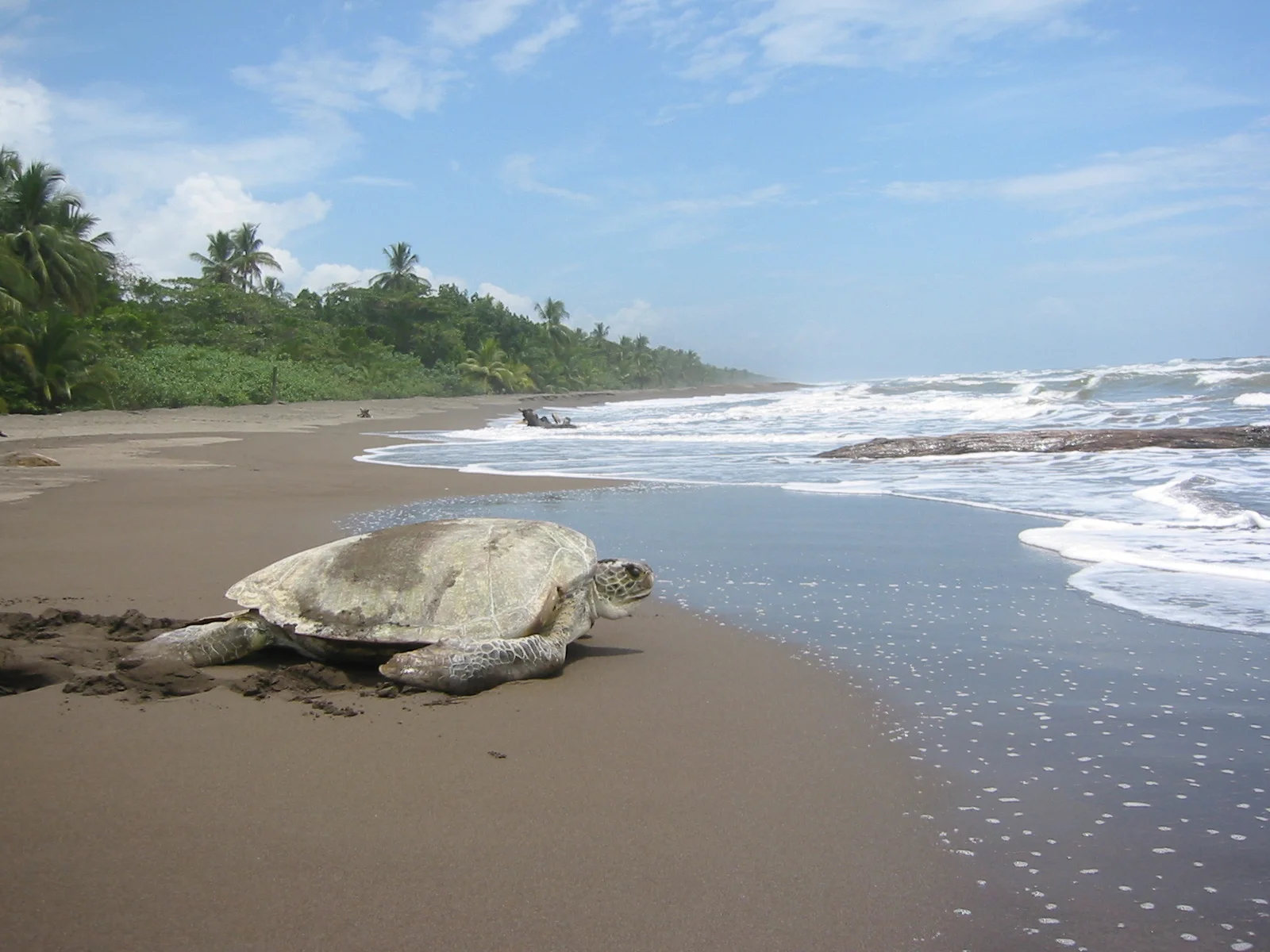
Green Turtle
Once in a rare while you're lucky enough to come across a nesting turtle returning to sea in daylight. Pictures aren't taken on night patrols to keep from disturbing the nesting females.

Turtle Tracks
This is likely a Green sea turtle track made as she was heading back to sea. The fin marks point the direction the turtle is headed (she digs them in ahead of herself and drags herself forward).

Leatherback Turtle Eggs
Sometimes when a nest doesn't hatch it is excavated to see what interfered with the cycle. These are examples of a yolked egg (left) and yolkless eggs (right). There are various theories of why yolkless eggs are laid last, sitting on top of the nest. Some scientists believe it adds excess moisture to the nest while others believe them to deter nest predation. Sadly this nest was laid on the beach when waters were high, the eggs were 'cooked' within days of being deposited, none of them developed an embryo.

Ocelot Print
Sometimes night walks were organized. It was a great opportunity to try and catch glimpses of nocturnal species. We didn't encounter this wild cat, but we did not it's presence. Mammal surveys would have recorded GPS locations and directions in data collection.

Micro Environments
Tiny environments. Just as cool as large ones.
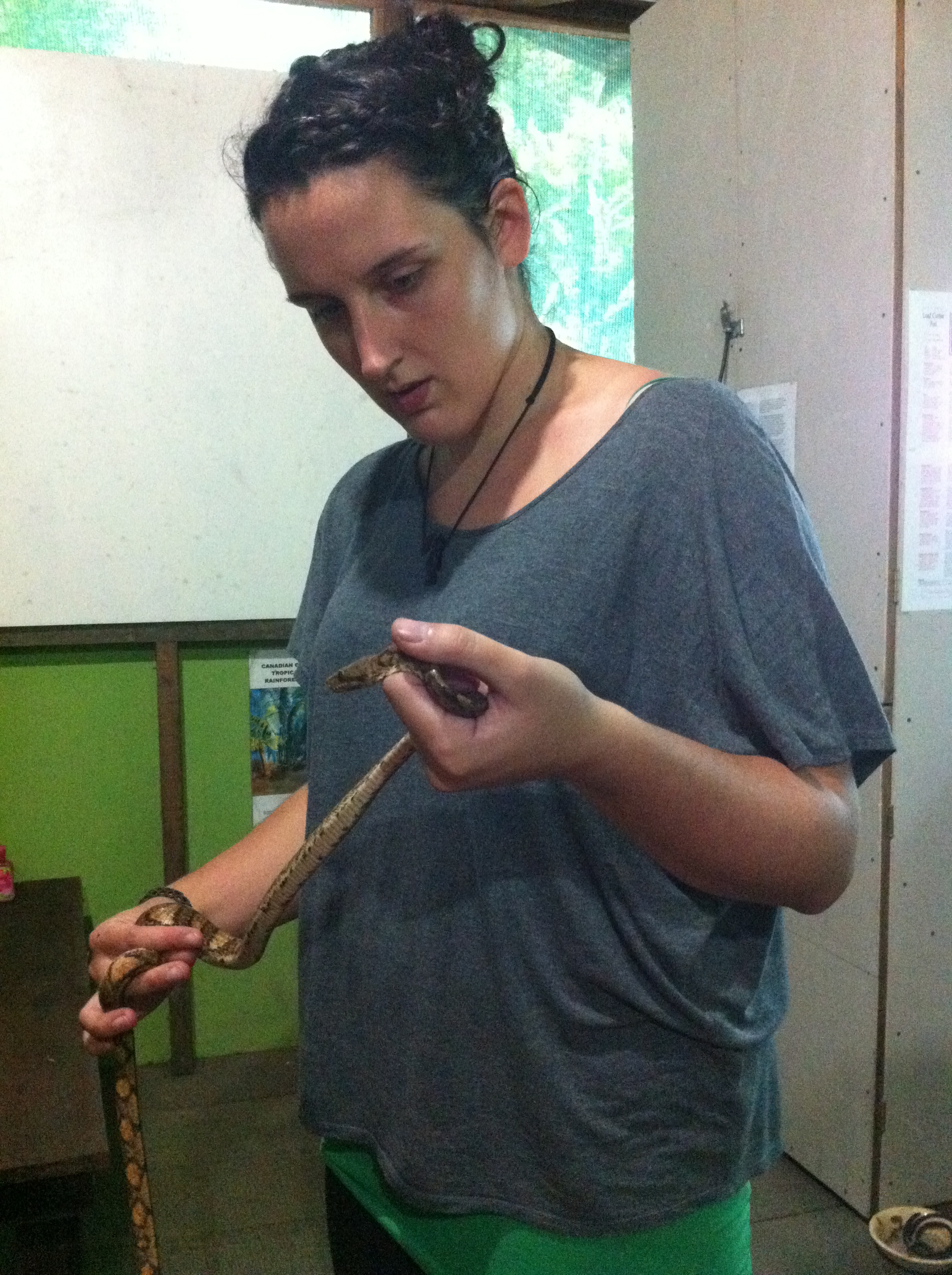
Snake Handling
During Caiman and Mammal surveys, groups would collect snakes they encountered (recording GPS locations so they would be returned to where they were picked up). Here, I'm learning how to hold the snake and assist in recording measurements.
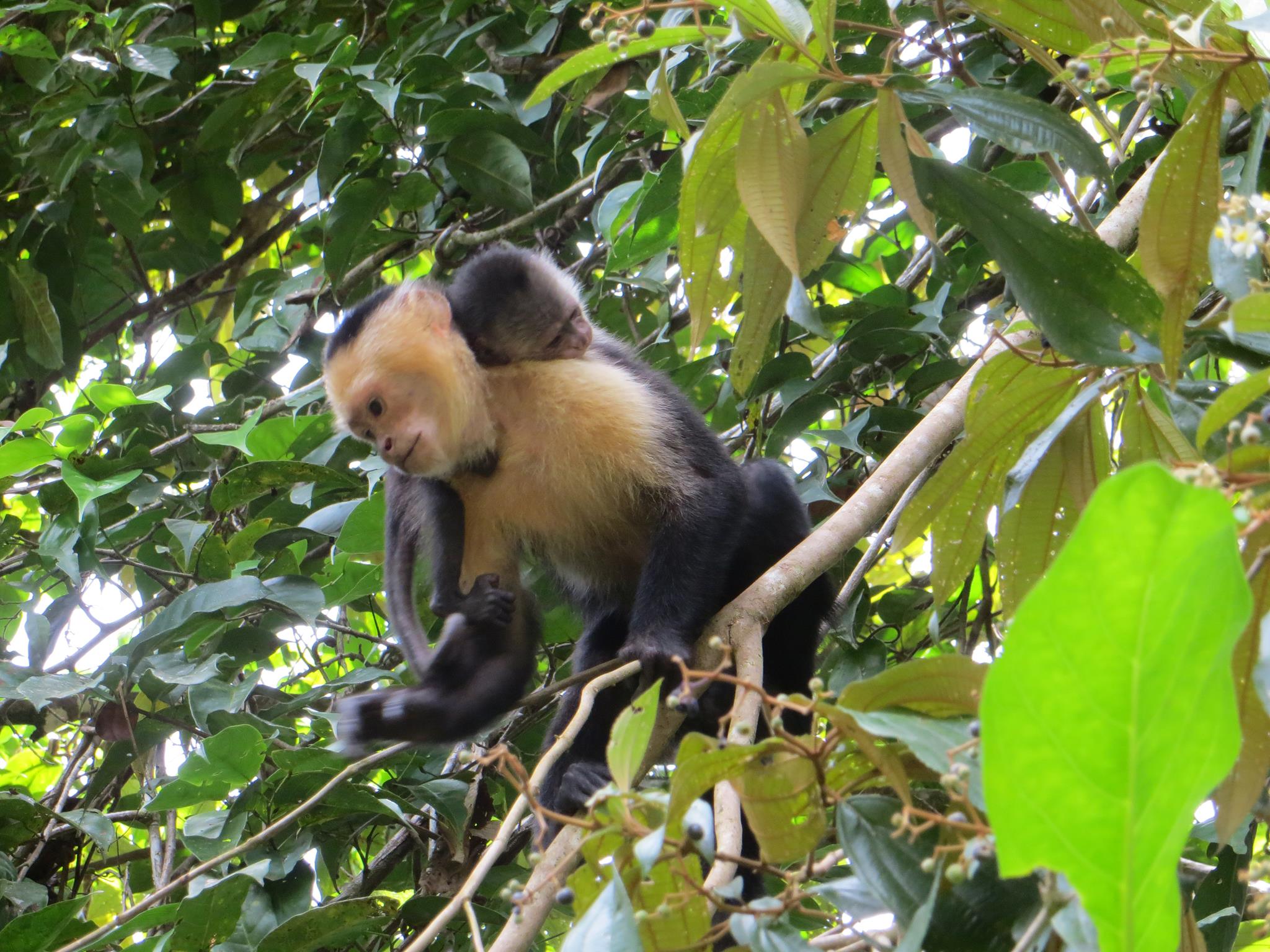
Capuchin Monkey
The local Costa Rican rainforest is home to three species of primates (and a fourth in other areas of the country). The one featured here, is the white faced capuchin monkey. They are really curious, and would come through base ever few weeks. This mother was seen carrying her young offsping on her back.

Spider Monkey
Spider monkeys were popular mammals visible on transects. They would curiously approach while eating and swinging through the canopy.

Howler Monkey
Howler monkeys were my favourite. Early in the morning, around dawn, the males could be heard, loudly vocalizing to alert neighbouring troops of their presence.
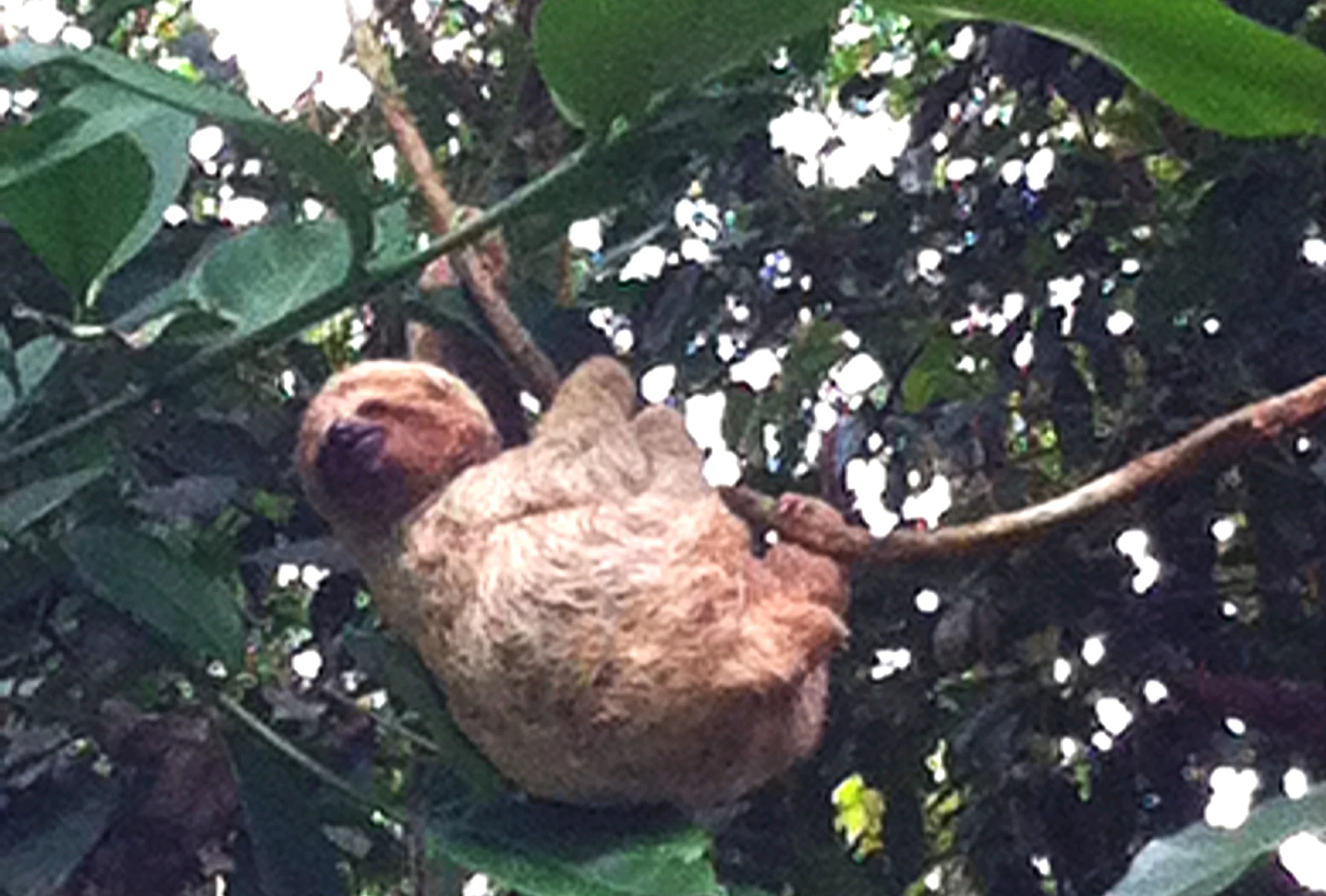
Three-toed Sloth
This juvenile three-toed sloth was spotted near base, alone. Its mother must have been in a tree nearby, since juveniles tend to remain with their mothers the 12-18 months of their lives, learning to feed on a diverse array of foliage.
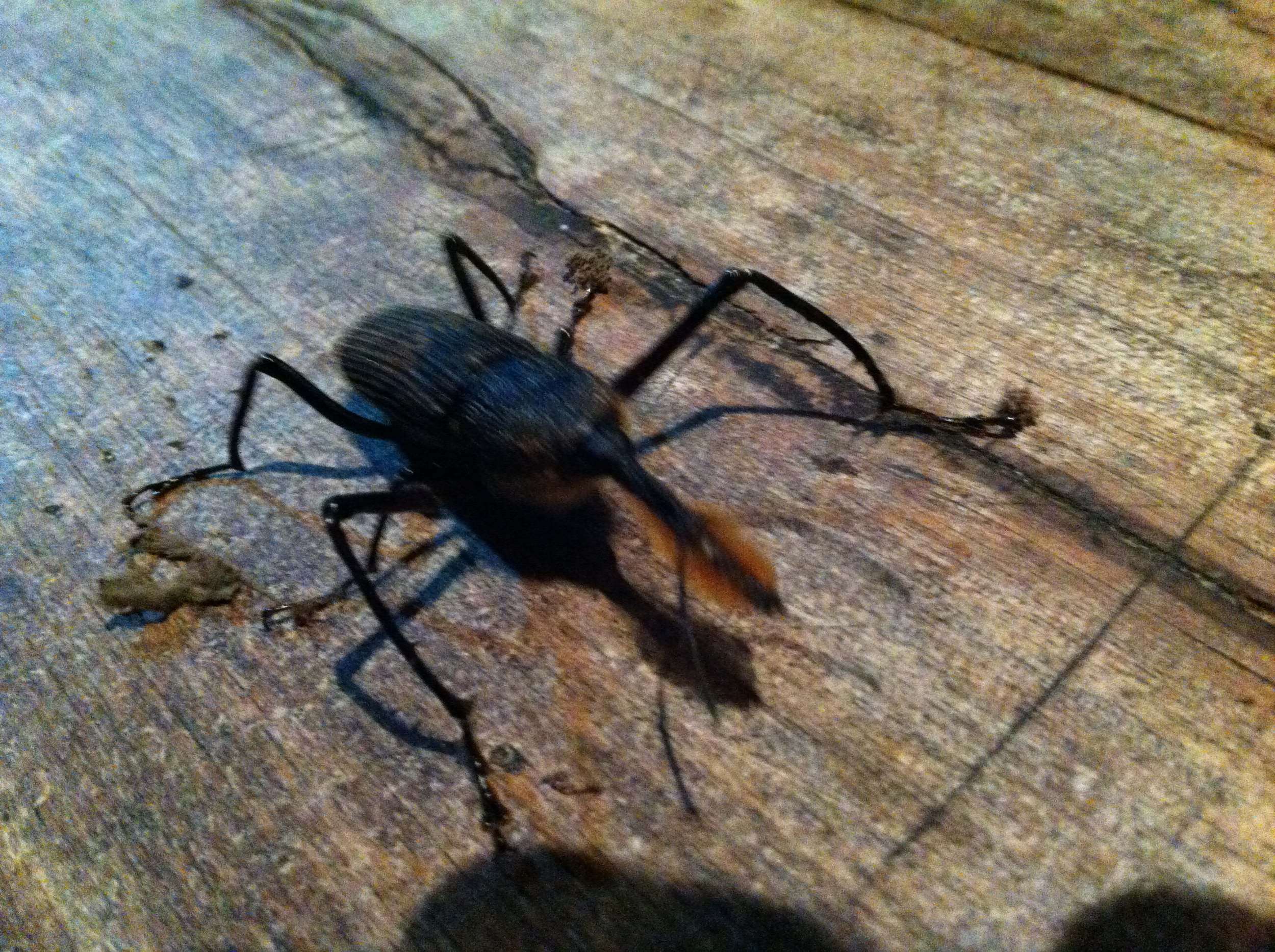
Bottlebrush-nosed Weevil
One of my favourite bugs I came across. It was quickly able to cross surfaces, and had the sweetest little face/nose.
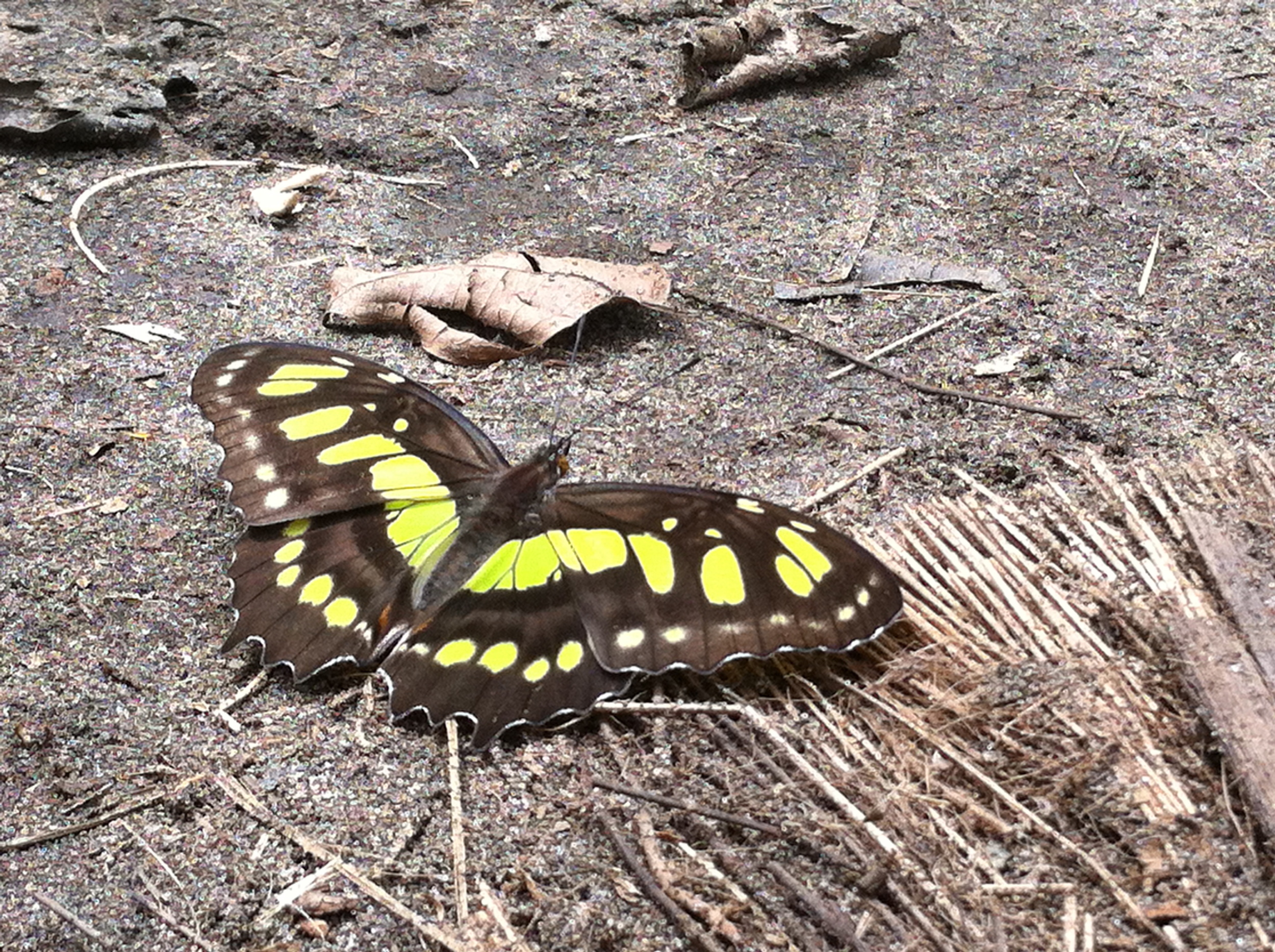
Butterfly
This beautiful butterfly was my favourite. I spotted it on the sandy trail while walking to the nearby village.














